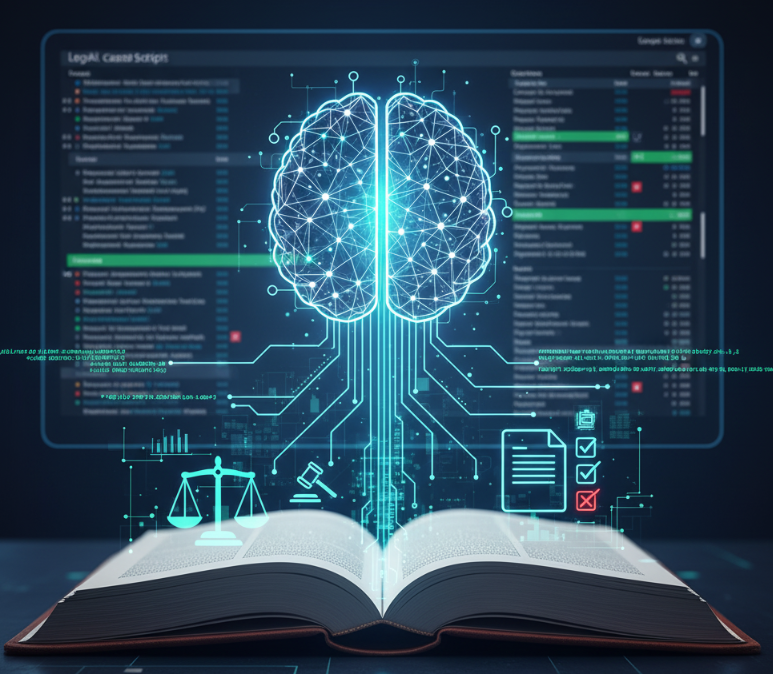Taming the Most Powerful Technology Ever Created

For a century, the job of a designer was, at its core, about problem-solving. How do you design a chair that is both beautiful and comfortable? A poster that is both striking and legible? An interface that is both powerful and intuitive? The goal was to find an elegant solution to a human need, to bring clarity out of chaos.
That core mission remains. But today, the designer’s canvas has expanded to a scale we are only just beginning to comprehend.
We are no longer just designing static objects or passive interfaces. We are designing the relationship between humanity and the most powerful, and potentially most opaque, technology ever created: Artificial Intelligence.
In this new era, the designer’s role has taken on a profound new weight. The job is no longer just to solve problems with elegance. It is to act as the essential bridge of trust between the human user and the intelligent machine. It is a responsibility that rests on three foundational pillars: Trust, Control, and Stewardship.
1. The Pillar of Trust: Designing for Verifiability
AI is not a simple machine with predictable gears. It is a probabilistic system. It can “hallucinate.” Its reasoning is often hidden in a black box of complex mathematics. When a user sees an AI-generated answer, a piece of AI-generated code, or an AI-generated image, their first, instinctive question is, “Can I trust this?”
The designer’s new job is to answer that question with a resounding “yes.”
This is the principle of designing for verifiability. It’s no longer enough to present the AI’s output as a finished, magical fact. We must design interfaces that reveal the “why” behind the “what.” This looks like:
Sourced Answers: In RAG (Retrieval-Augmented Generation) systems, clearly citing the source documents that the AI used to formulate its answer.
Confidence Scores: Visually indicating the AI’s confidence level in a particular prediction or statement, allowing the user to weigh its output accordingly.
Visualizing the Process: In agentic systems, showing the user the logical steps the AI took to arrive at a conclusion or perform a task.
Trust is not built by hiding the complexity of AI; it is built by illuminating it. Our role is to make the invisible reasoning of the machine visible to the human eye.
2. The Pillar of Control: Designing for Agency
The next evolutionary step for AI is agency — the ability to not just answer, but to act on our behalf. An agentic AI can book a flight, organize a calendar, or execute a command in a complex software system. This is a world of incredible convenience and profound risk.
When a user delegates a task to an AI agent, their unspoken fear is, “Will this do what I actually want it to do?”
The designer’s job is to ensure the user always feels like the pilot, not a passenger. This is the principle of designing for agency. The interface must provide clear, intuitive, and unbreakable controls. This looks like:
The Confirmation Step: For any significant or irreversible action, the AI must pause and ask for explicit human confirmation. The “Do you want to proceed?” dialogue is now one of the most important elements in user interface design.
Adjustable Autonomy: Providing users with a “slider” for autonomy, allowing them to choose whether the AI should act fully automatically, suggest actions, or simply wait for commands.
A Clear “Off Switch”: The ability to instantly and unequivocally halt any action the AI is taking must be the most prominent and accessible feature of any agentic system.
Control is the foundation of a healthy partnership. Our role is to design the reins that allow the human to safely and confidently guide the immense power of the AI.
3. The Pillar of Stewardship: Designing for the Planet
The creation of AI is not a weightless, ethereal process that happens “in the cloud.” It has a massive, physical footprint. Training large-scale models consumes enormous amounts of energy and water, contributing to a real and growing environmental cost.
As the architects of the experiences that drive the demand for these models, we have a new and urgent responsibility. This is the principle of designing for stewardship.
We must ask ourselves questions that go beyond the user interface. Is this feature truly necessary? Or are we just spinning up a massive GPU cluster to add a “cool” AI feature that provides little real value? This looks like:
Prioritizing Efficiency: Working with engineers to choose smaller, more efficient models when a massive, resource-intensive one isn’t required for the task.
Designing for “Good Enough”: Resisting the urge to chase the final 1% of model accuracy if it comes at a 100x environmental cost.
Educating the User: Building interfaces that subtly communicate the “cost” of a query, perhaps by defaulting to a more efficient model for simple tasks.
Our design decisions are no longer just about pixels and user flows; they are about energy consumption and our collective responsibility to the planet we all share.
The New Mandate
The job of the designer has always been to stand in the gap between the complex and the human. Today, that gap is wider and more consequential than ever before.
Designers will decide whether AI feels like a trusted partner or an untrustworthy black box. They will decide whether it feels like an empowering tool or an uncontrollable force.
And they have a crucial voice in deciding whether its development is sustainable.
This is more than just problem-solving. This is about shaping the future of the human-machine relationship. This is the new, profound, and urgent responsibility of design.